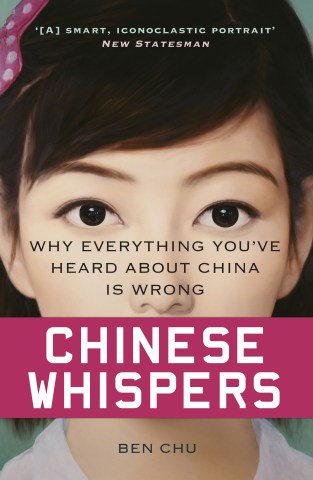Why you want to use sketches and moodboards
As all professional artists know (and as many of us are taught when studying art) it’s vitally important to keep a visual record of what you find inspirational so that you can start to build and develop entire concepts and projects.

The visual record can consist of sheets torn from magazines and stuck into a notebook, or a digital collection of screengrabs that you’ve found while surfing the net and saved onto a computer.
You might find it useful to keep digital folders of visual inspiration, arranged by themes, and by shoot ideas, so that when you need to find some inspiration you have a healthy archive from which to draw.
Gathering your own inspiration for personal projects is good working practice and will help enormously when it comes to working with clients and art directors on future shoots. Some clients will expect to see a moodboard/ storyboard way ahead of the shoot so that they know you understand the concept they are trying to achieve and that everyone involved in the shoot has a clear visual goal to aim for.
Moodboard
A moodboard can consist of cut-outs and images placed over one-another in a rough digital layout, and can either be a collection of makeup and/or clothing ideas that you can show a stylist. A moodboard could even provide ideas for the entire shoot which will help everyone involved visualize what you are aiming to achieve. Your creative team and model will appreciate the extra reference on the day!
Storyboard
Storyboards are used on movie sets to show the creative team how the director is visualising the way a sequence is going to be shot. They consist of square sketches on a page showing which characters are involved, how the shots are to be framed—whether close-up or scenic—and whether any specific element needs to be captured. The same technique is often successfully used in fashion shoots. You and your client can sit down and plan what shots you want to achieve for any given day of a shoot and sketch up a comprehensive storyboard.
 Even on the day of the shoot, you should re-brief your team at the start of the scheduled day so that they understand your vision and in case there are any further changes needed.
Even on the day of the shoot, you should re-brief your team at the start of the scheduled day so that they understand your vision and in case there are any further changes needed.
When on the shoot set, your storyboard is your main visual reference and can also guide you on how you should structure your time. For example, if your storyboard consists of eight sketches and you have a studio booked for eight to ten hours you should divide each image capture to between 40 minutes and one hour. Planning your studio time ahead of the shoot date will save you a lot of time on the day.
Sketches
All photographers should be able to sketch their ideas onto paper—no matter how accomplished they are at drawing. A visual reference will help support your ideas. You might want to combine sketching and moodboards as a page full of mixed-media inspiration—your creative team and clients will appreciate the effort and it will also help them understand your vision.
If you’ve dreamed of working in the fashion photo industry or simply want to learn how to shoot edgy, fun fashion photos, Lara Jade’s Fashion Photography 101 is full of technical advice to improve your images, as well as practical, insider information on how to contact models, build your portfolio, and navigate the challenges involved in dealing with agencies.
 Lara Jade Fashion Photography 101
Lara Jade Fashion Photography 101
Lara Jade
Buy it now!
RRP for print edition: £14.99


